Author(s): Attila Starčević / Language(s): English
Issue: 4/2024
We analyse j/w+r sequences in the history Early Modern English (EMoE), the predecessor of Standard (Reference) British English (SSBE) and its most current version, Current British English (CUBE) to arrive at the nature of historical pre-r (and also pre-l) breaking, a process (together with r-deletion and smoothing) responsible for the phonemic contrast between schwa-final and any other diphthongs (and long vowels): bear ɛə vs bay ej (or eɪ), lore ɔə vs law ɔː vs low ow at the beginning of the twentieth century, found as bɛː vs bɛj, loː law/lore vs ləw low CUBE. The main thrust of the argument presented here is that (i) (historical) diphthongs and the long high monophthongs are uniformly represented as vowel+glide sequences, giving ‘bias’ to the title and (ii) that breaking is consonant prevocalisation (CP) of r/ɫ in j/w+r/ɫ sequences (lejr > lejər lair, fajɫ > fajəɫ file). This is followed by r-deletion and smoothing (leər > lɛə > lɛː lair), which are unrelated to breaking ‘proper’. The analysis of breaking as consonant prevocalisation builds on the framework developed by Operstein (2010), with earlier precursors in articulatory phonology, historical linguistics (e.g. Howell 1991a, 1991b), and frameworks using privative melodic features, such as government phonology (e.g. Kaye, Lowenstamm & Vergnaud 1985), dependency phonology (Anderson & Ewen 1987), particle phonology (Schane 1984), element theory (Backley 2011), etc. The article introduces the theoretical background in section 1, followed in section 2 by a discussion of breaking in the history of English. We then look at a classical interpretation of breaking and discuss its shortcomings in section 3. We then look at why the long high monophthongs are better analysed as diphthongs in section 4 before we look at how these vowels fit into the bigger canvas of the diphthongs in section 5. The next step in sections 6 and 7 takes us to the analysis of breaking as CP happening in jr, wr and jɫ sequences. In section 8 we look at CP undone in the later history of the language and some of the consequences for earlier English that follow from the modern distribution of j/w+r sequences.
More...
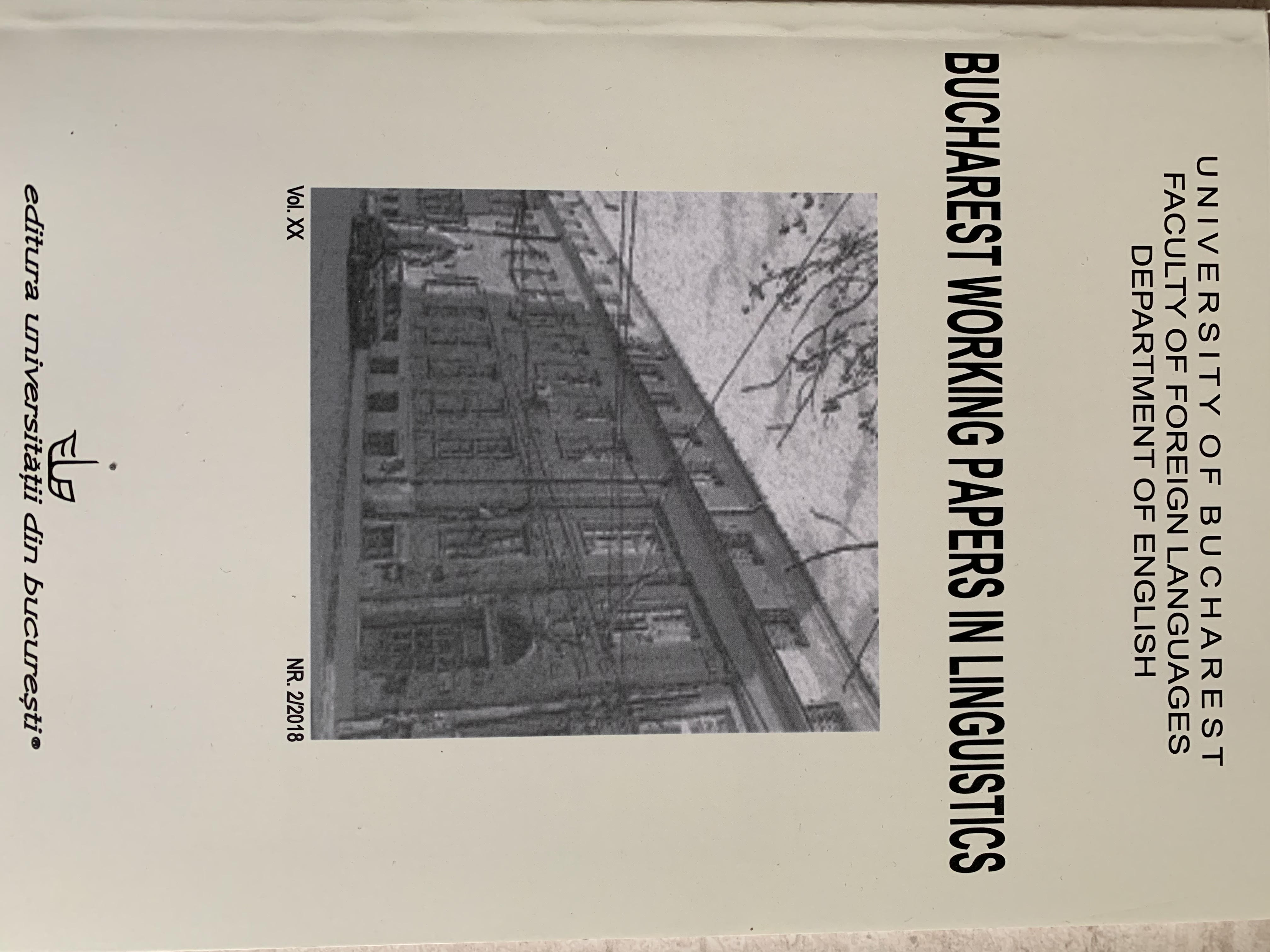

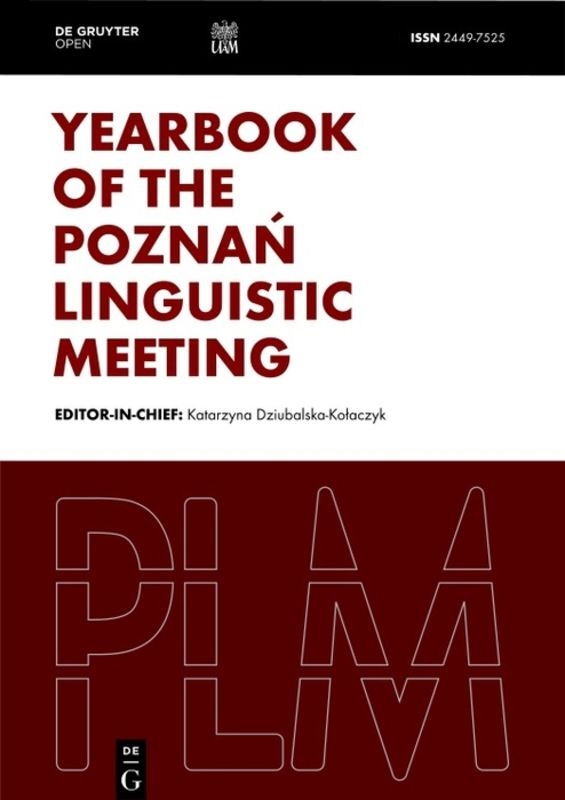
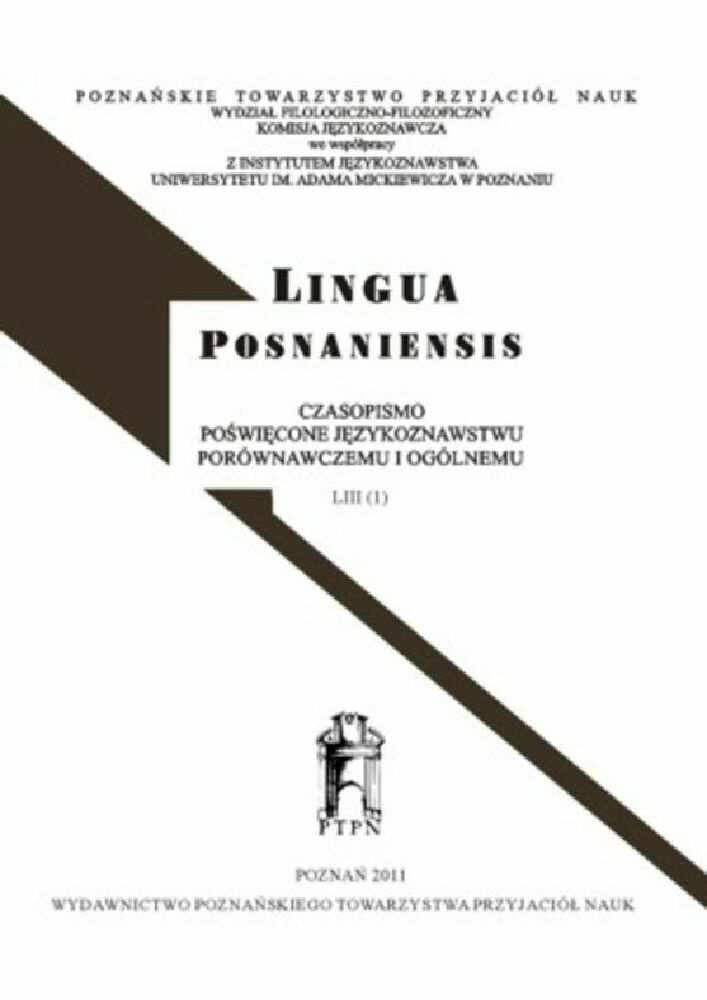
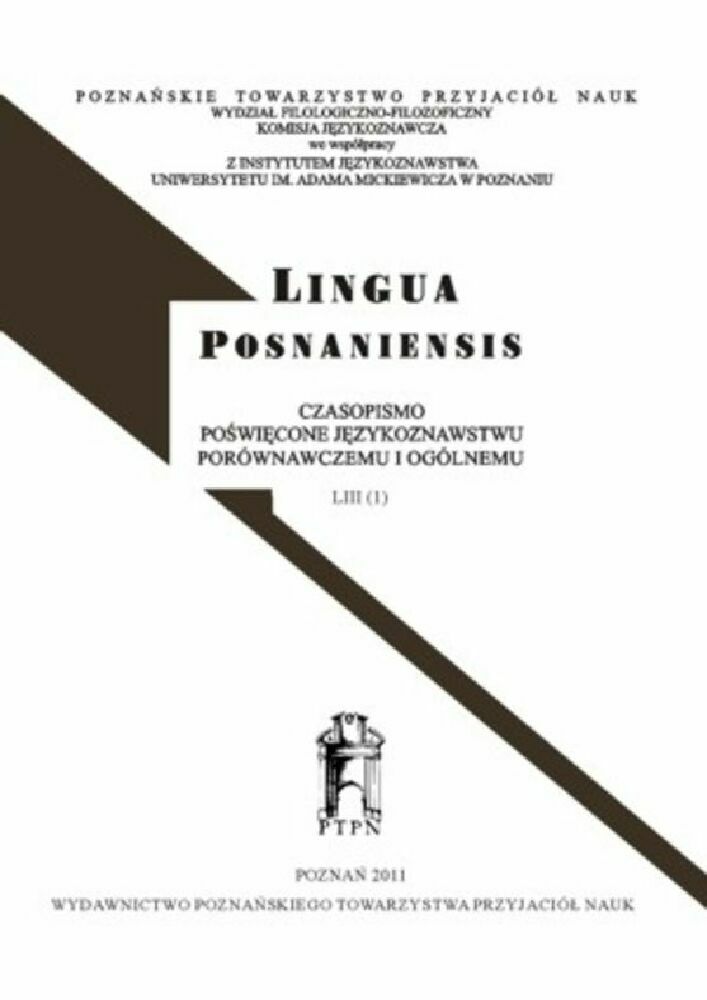
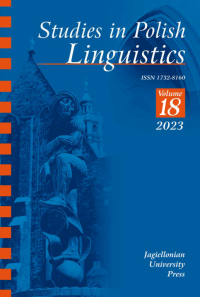
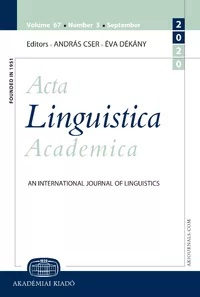
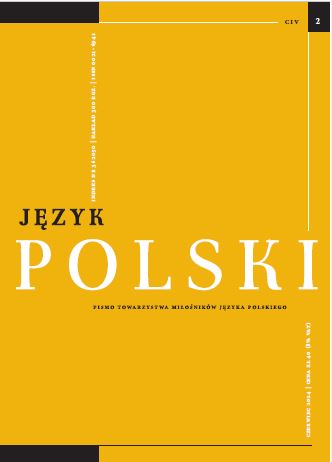
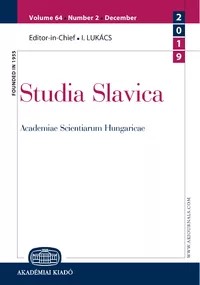
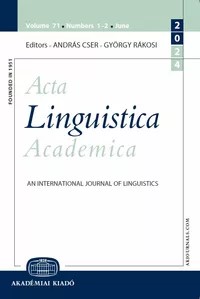
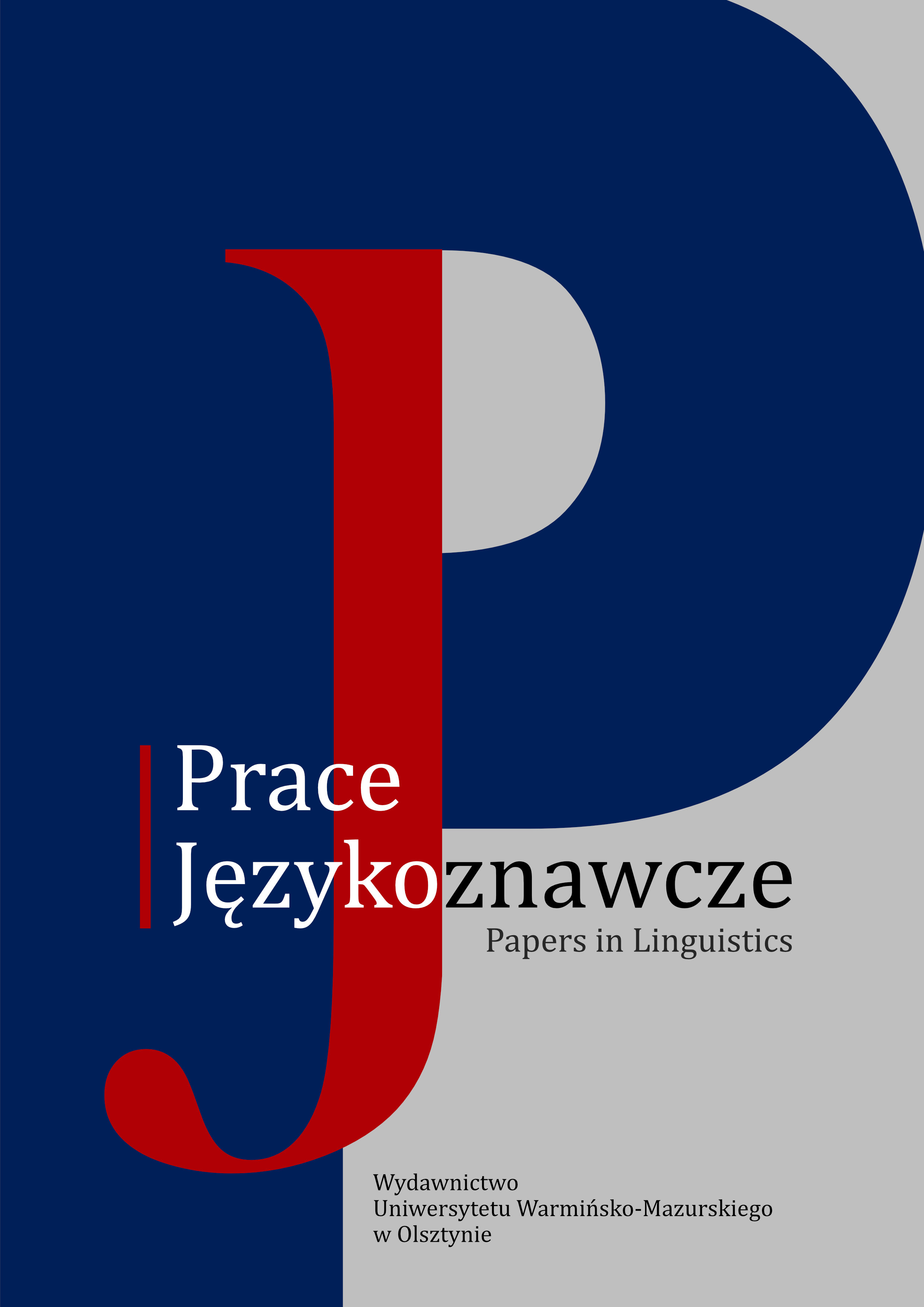
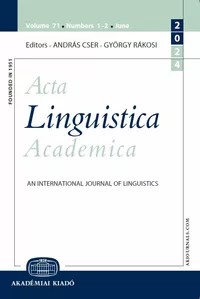
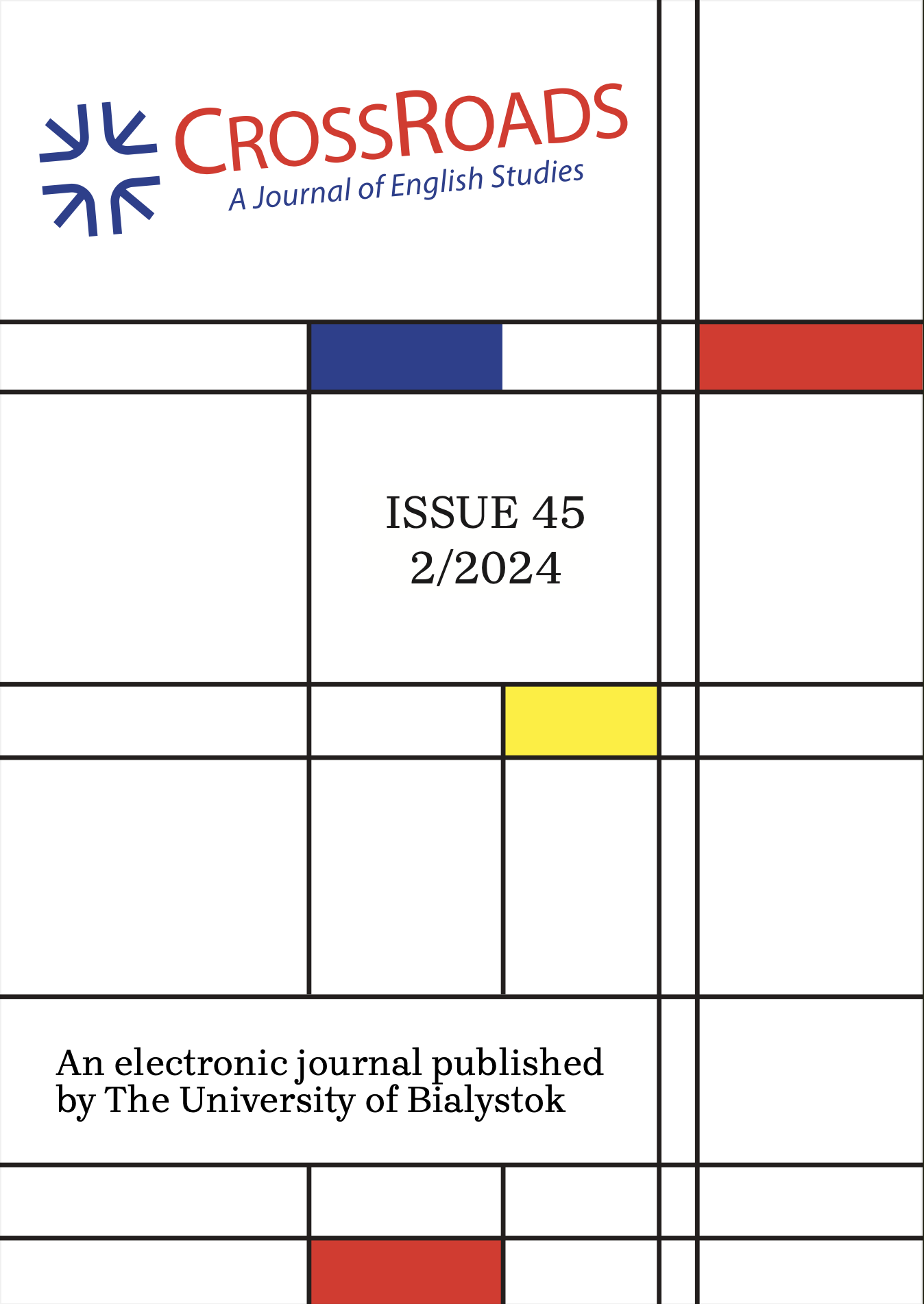
![A Neo-Jakobsonian merger of aperture, [−atr], lowering, emphaticness, and retroflexion](/api/image/getissuecoverimage?id=picture_2025_87413.jpg)